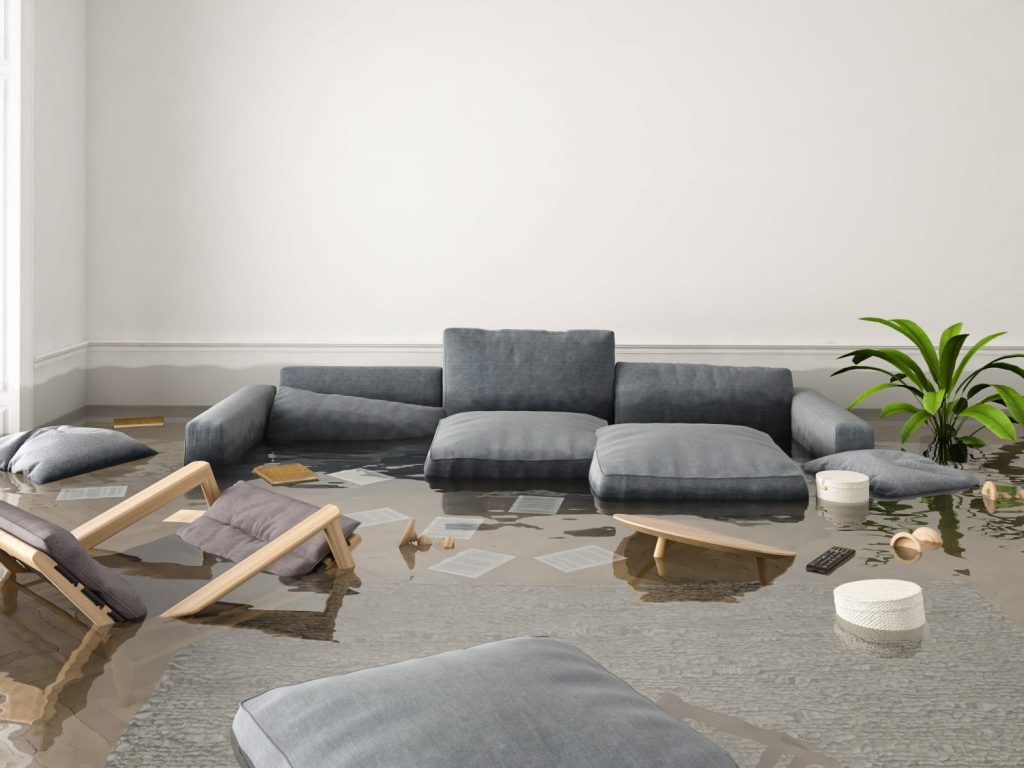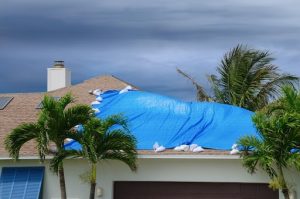If you are subject to the unfortunate experience of flooding or a burst pipe, there is usually no rhyme or reason to determine how water will damage your home or business. It has the capacity to penetrate virtually every material or height and reach every crevice. However, when it comes down to categorizing and classifying water damage, there is a very organized way of determining each type. Each water damage restoration is a unique situation and will require different techniques and equipment to ensure the process is completed thoroughly and correctly. Assigning a category and class to a restoration allows the professionals to assess the risk of the situation and the amount of water involved. Water damage categories ascertain the level of contaminants and water damage classes distinguish the severity of water damage.
Categories of Water Damage
Category 1/ Clean Water: Water involved in this category is from a clean source that is not contaminated and poses no threat to people. Some examples can include an overflowed tub or toilet, broken water supply or rain water. There is a high chance for most things to be salvaged in category 1 damage. Category 1 damage can quickly become category 2 damage within 48 hours.
Category 2/ Grey Water: Water involved in this category contains mold, bacterial or chemical contaminants and can potentially make people sick if ingested or contact is made. Some examples can include dirty water from a dishwasher or washing machine, toilet overflow with urine only, water bed leaks or aquariums. Category 2 damage can become Category 3 damage if not treated within 2 days.
Category 3/ Black Water: Water involved in this category is incredibly unsanitary, containing toxins or other harmful agents that can cause serious illness or death. Some examples can include sewage backup, toilet backflow with feces and seawater or floodwater. This type of damage is the most severe and will likely require disposal of most items and heavy sanitization to eliminate any dangerous pathogens or microorganisms.
Classes of Water Damage
Class 1: Least harmful amounts of damage. Only a small portion of a room has been affected. Little to no soft material absorption. Easiest to repair.
Class 2: An entire room has been affected. Soft materials have absorbed water. Water has reached no more than 24 inches up the wall. Sub-floor and framing may be wet.
Class 3: Water has likely come from above. Ceiling, walls, floor, sub-floor and soft materials have absorbed water. Water has reached above 24 inches up the wall.
Class 4: Stone, concrete, brick or hardwood have become saturated and require specialty drying. Longer drying times, special methods are used.
The most important thing to remember and consider with water damage is to act quickly. Water damage is one of the most destructive kinds of restoration to remediate and addressing the issue as quickly as possible will help to minimize loss and help to reduce the chance for mold to develop.
For a free consultation and quote contact us today at 813-244-9283




